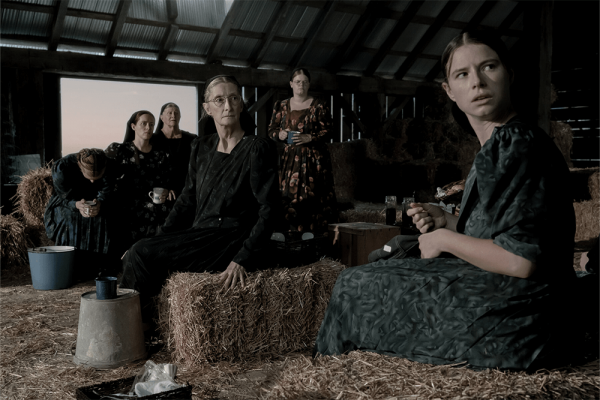Feb 2, 2023
Like the author Miriam Toews, I remember when I heard the news about the “ghost rapes” in Bolivia. I was in seminary training to be a Mennonite pastor. Toews, an ethnic Mennonite who fled her closed community decades before, was living in Toronto. But we shared a visceral and knowing horror as we learned of the events that unfolded in the Bolivian Manitoba Community, events that later inspired Toews’ 2018 novel, Women Talking, and a recent film by the same name.
Read the Full Article

Already a subscriber? Login
